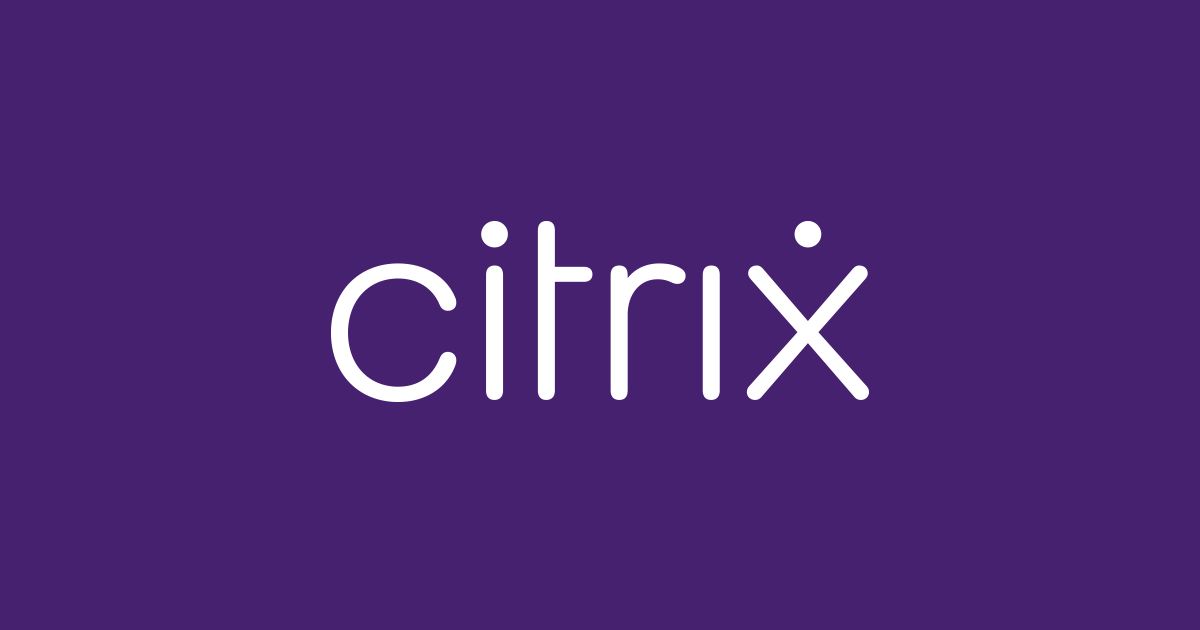
What is a Cloud Service? – Cloud Service Definition - Citrix India
What is a cloud service?
The term "cloud services" refers to a wide range of services delivered on demand to companies and customers over the internet. These services are designed to provide easy, affordable access to applications and resources, without the need for internal infrastructure or hardware. From checking email to collaborating on documents, most employees use cloud services throughout the workday, whether they’re aware of it or not.
Explore additional cloud topics
- How do cloud services work?
- What are the benefits of cloud services?
- What types of cloud services are there?
- How are cloud services delivered?
- What’s the future of cloud services?
How do cloud services work?
Cloud services are fully managed by cloud computing vendors and service providers. They’re made available to customers from the providers' servers, so there's no need for a company to host the applications on its own on-premises servers.
What are the benefits of cloud services?
Key advantages of using cloud services include:
The ability to scale
Because the cloud service provider supplies all necessary infrastructure and software, there's no need for a company to invest in its own resources or allocate extra IT staff to manage the service. This, in turn, makes it easy for the business to scale the solution as user needs change—whether that means increasing the number of licenses to accommodate a growing workforce or expanding and enhancing the applications themselves.
Lowered costs
Many cloud services are provided on a monthly or annual subscription basis, eliminating the need to pay for on-premises software licenses. This allows organizations to access software, storage and other services without having to invest in the underlying infrastructure or handle maintenance and upgrades.
Increased flexibility
With cloud services, companies can procure services on an on-demand, as-needed basis. If and when there’s no longer a need for a particular application or platform, the business can simply cancel the subscription or shut down the service.
What types of cloud services are there?
Generally speaking, there are three basic types of cloud services:
Software as a Service (SaaS)
The most widely recognized type of cloud service is known as software as a service, or SaaS. This broad category encompasses a variety of services, such as file storage and backup, web-based email and project management tools.
Examples of SaaS cloud service providers include Dropbox, G Suite, Microsoft Office 365, Slack and Citrix Content Collaboration. In each of these applications, users can access, share, store and secure information in “the cloud.”
Infrastructure as a Service (IaaS)
Infrastructure as a service, or IaaS, provides the infrastructure that many cloud service providers need to manage SaaS tools—but don’t want to maintain themselves. It serves as the complete data center framework, eliminating the need for resource-intensive, on-site installations.
Examples of IaaS are Amazon Web Services (AWS), Microsoft Azure and Google Compute Engine. These providers maintain all storage servers and networking hardware, and may also offer load balancing, application firewalls and more. Many well-known SaaS providers run on IaaS platforms.
Platform as a Service (PaaS)
The cloud service model known as platform as a service, or PaaS, serves as a web-based environment where developers can build cloud apps. PaaS provides a database, operating system and programming language that organizations can use to develop cloud-based software, without having to maintain the underlying elements.
Many IaaS vendors, including the examples listed above, also offer PaaS capabilities.
How are cloud services delivered?
When deciding how to leverage cloud services, organizations must also decide which type of environment works best for the business: public cloud, private cloud or a mix of both.
Public cloud services
Services that a provider makes available to numerous customers over the web are referred to as public cloud services. The SaaS, IaaS and PaaS examples noted above are all providing public cloud-based services. The biggest benefit of using public cloud services is the ability to share resources at scale, allowing organizations to offer employees more capabilities than would likely be possible alone.
Private cloud services
Services that a provider does not make generally available to corporate users or subscribers are referred to as private cloud services. With a private cloud services model, apps and data are made available through the organization’s own internal infrastructure. The platform and software serve one company alone, and are not made available to external users. Companies that work with highly sensitive data, such as those in the healthcare and banking industries, often use private clouds to leverage advanced security protocols and extend resources in a virtualized environment as needed.
In a hybrid cloud environment, a private cloud solution is combined with public cloud services. This arrangement is often used when an organization needs to store sensitive data in the private cloud, but wants employees to access apps and resources in the public cloud for day-to-day communication and collaboration. Proprietary software is used to enable communication between the cloud services, often through a single IT management console.
What’s the future of cloud services?
As the availability of cloud services continues to expand, so will their applications in the corporate world. Whether a company chooses to extend existing on-premises software deployments or move 100% to the cloud, these services will continue to simplify how organizations deliver mission-critical apps and data to the workforce. From content collaboration and access control for employees to app delivery management and virtual desktop solutions for IT, plus a vast array of options in between, cloud services are transforming how people work and the ways businesses operate.










